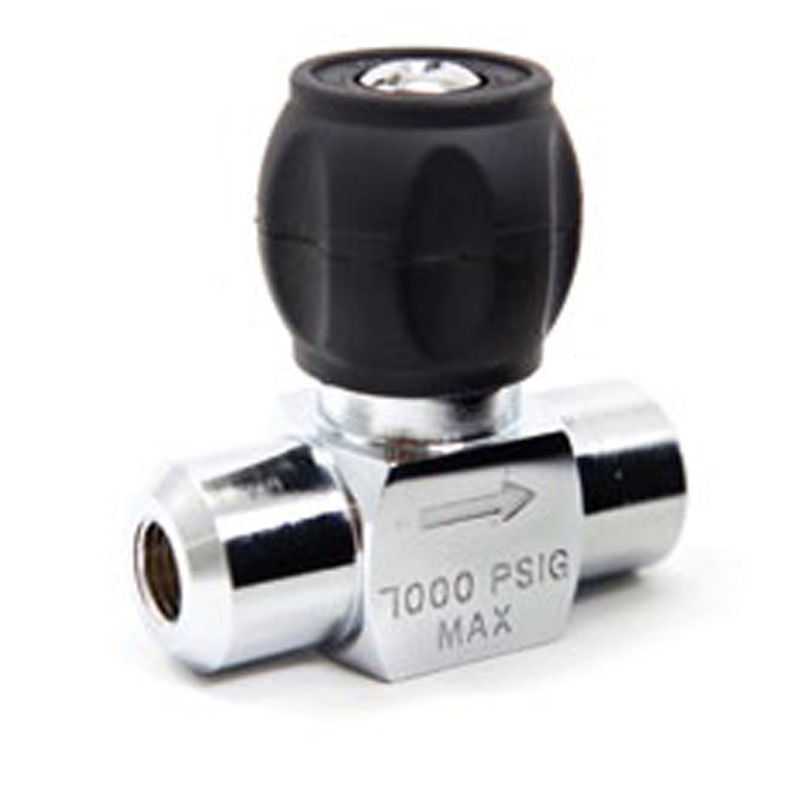stiebs
Contributor
Panel valves like the Thermo or Sherwood ones listed below show directionality for gas flow. But connected to a manifold block for a basic fill panel, gas flow is in one direction when filling the storage bank, and in the other direction when decanting. It seems overkill to have a different flow path for filling and decanting, nor do I believe its it's common practice to do so.
Should the gas flow in the direction of the arrow on the valve when filling or when decanting? Does it really matter?

 nuvair.com
nuvair.com

 www.breathingair.com
www.breathingair.com
Should the gas flow in the direction of the arrow on the valve when filling or when decanting? Does it really matter?

In-Line Valve 7000 psi 1/4" FNPT x 1/4" FNPT
In-line valve, gas flow from 1/4" FNPT to 1/4" FNPT. 7000 psi (482 bar) maximum pressure.

YVA3010A Panel Mount Line Valve 7000PSI
Panel Mount Line Valve (YVA3010A)7000PSI Air Control Valve 1/4" Male NPT X 1/4" NPT Female thread. Sherwood style.



